Overview
Map
Other Details
دير مار سركيس وباخوس رأس النهر
Ehden
Zgharta
North
دير مار سركيس وباخوس رأس النهر - إهدن دير مار سركيس وباخوس من أقدم الأديار في لبنان الشمالي. بُنيت الكنيسة الأولى في القرن الثامن، على أنقاض معبدٍ كنعانيّ، في هذه الكنيسة نال البطريرك اسطفانوس الدويهيّ درجة الكهنوت سنة ١٦٥٦. أمّا كنيسة السيّدة فبُنيت عام ١١٩٨ زمن الصليبيّين. سنة ١٤٧٣، أصبح الدّير كرسيًّا لأساقفة إهدن، بولاية آل الدويهيّ. رَمّم الدير المطران بولس يمّين عام ١٤٠٤، والمطران بولس الدويهيّ عام ١٦٥٩، والخوري مخائيل الدويهي عام ١٦٧٠ والبطريرك إسطفان الدويهي عام ١٦٩٠. تسلّمته الرهبنة الأنطونيّة في أول ايلول سنة ١٧٣٩ فبنوا العقود أمام الكنيستين، والدّير الجديد والكنيسة فوقها. استضاف الدّير الحبيس فرانسوا ده شاستويل، والمونسنيور ميسلن، ويوسف بك كرم، والعديد من البطاركة والأعيان. يلعب الدّير اليوم دورًا ثقافيًّا كبيرًا بالإضافة لدوره الروحيّ. The monastery of Sts Sergius and Bacchus Ras el Naher - Ehden The monastery is one of the oldest in Northern Lebanon. The first church was built in the VIIIth century over a Kanaanean temple. In it was ordained a priest the later patriarch Estephan el Douweihy in 1656. The second church dedicated to the Madonna wad built during the crusades in 1198. In 1473 the monastery became the seat of the bishops of Ehden under the jurisdiction of the Douaihy family. In 1739 the monastery became property of the Antonine Maronite Order. The monks built the vaults linking the two churches, the new monastery and another church above the old one. The monastery was restored many times over its long history. It was visited by many patriarchs and notable figures such as the hermit Francois de Chasteuil, Mgr Miselin… The monastery is not only a high spiritual place but also a great cultural hub.
Visited 2320 times, 7 Visits today



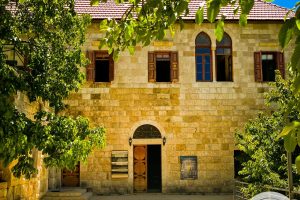
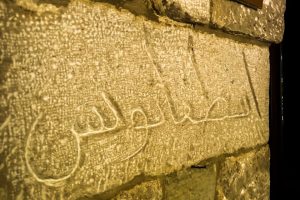
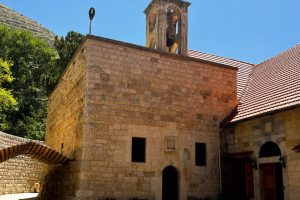
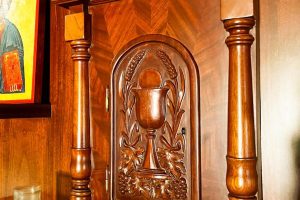
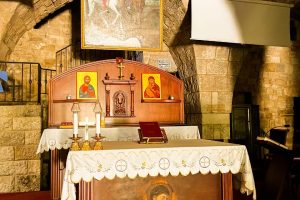
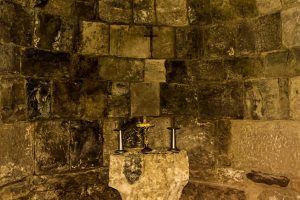
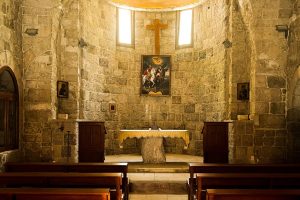
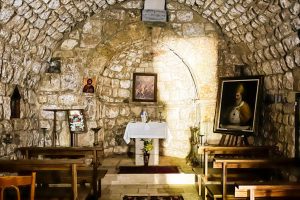
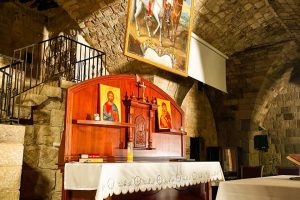
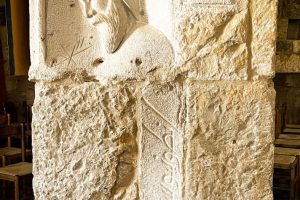
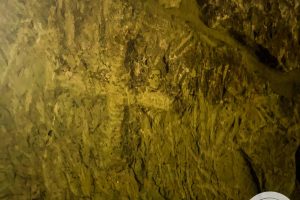
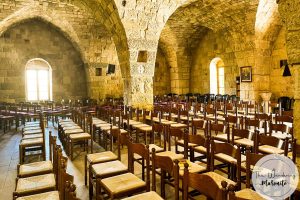
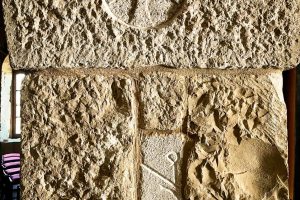
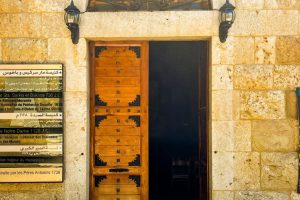
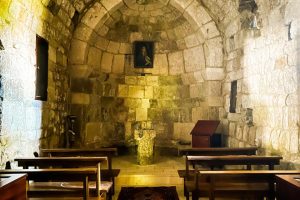















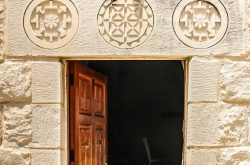
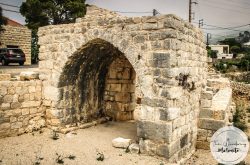
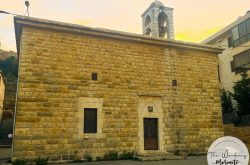
Reviews are disabled, but trackbacks and pingbacks are open.